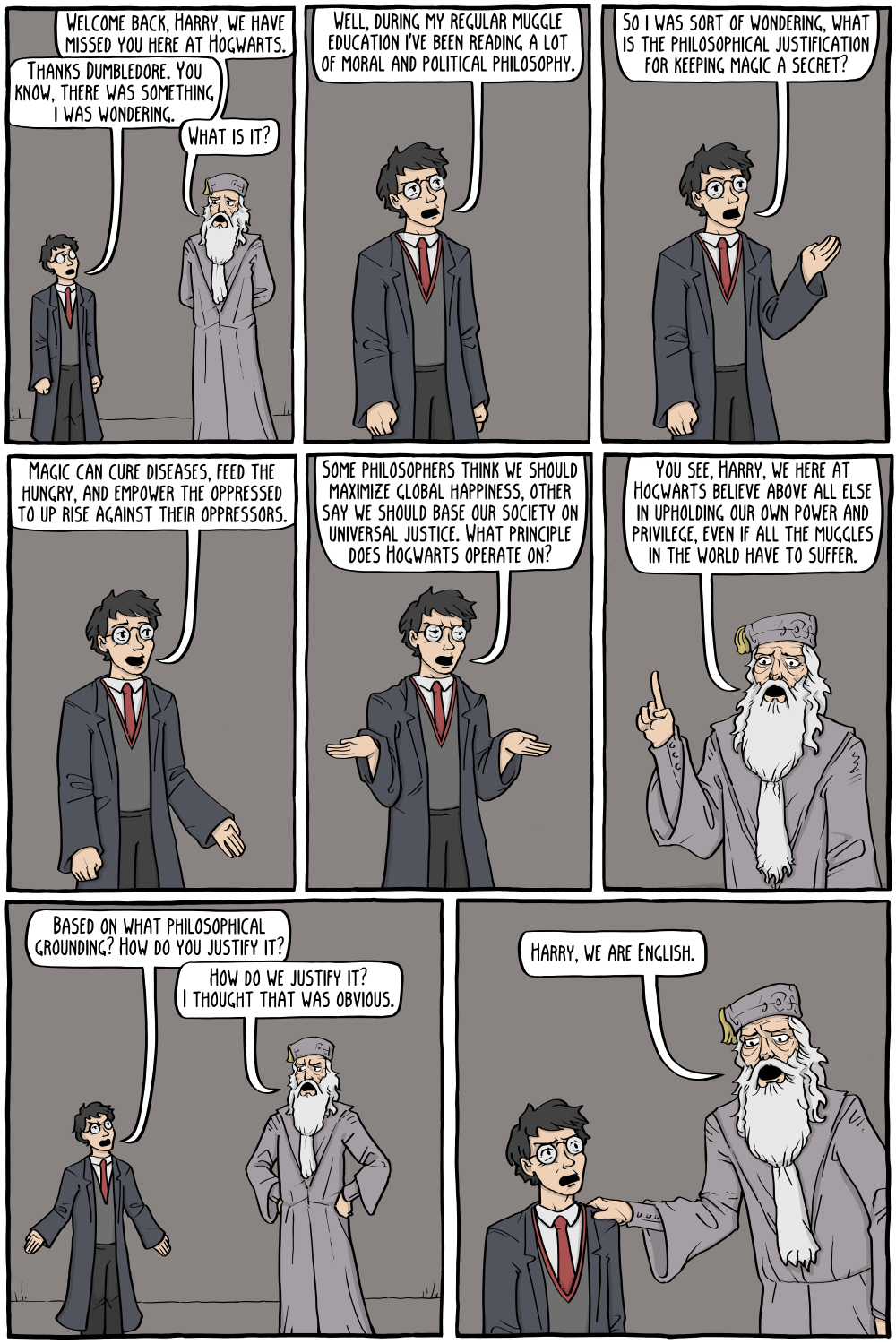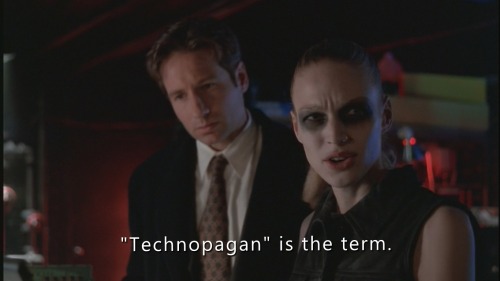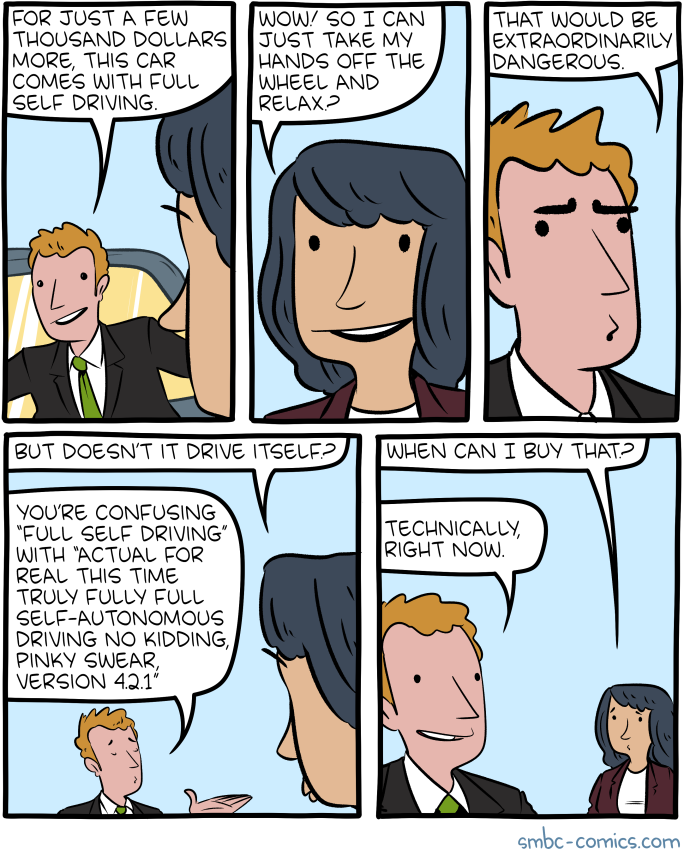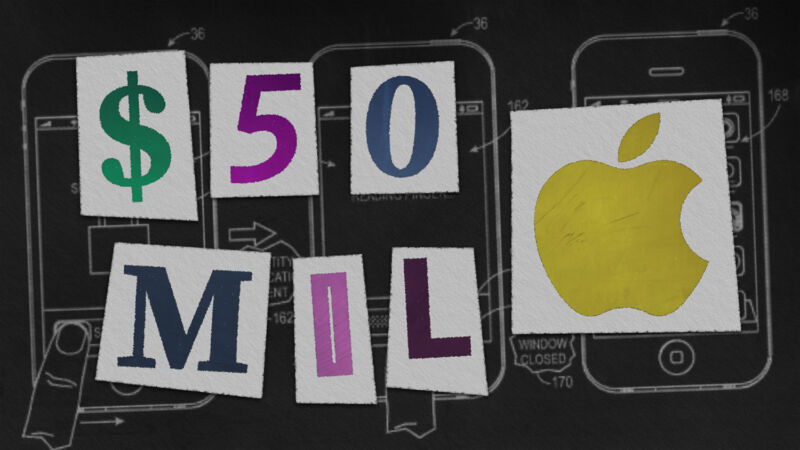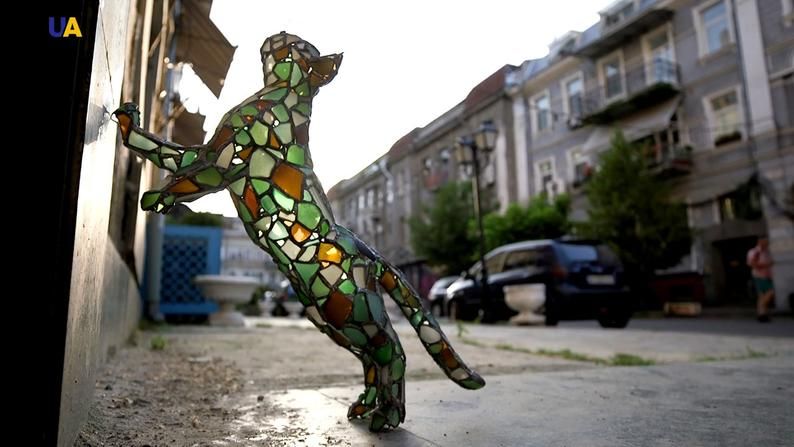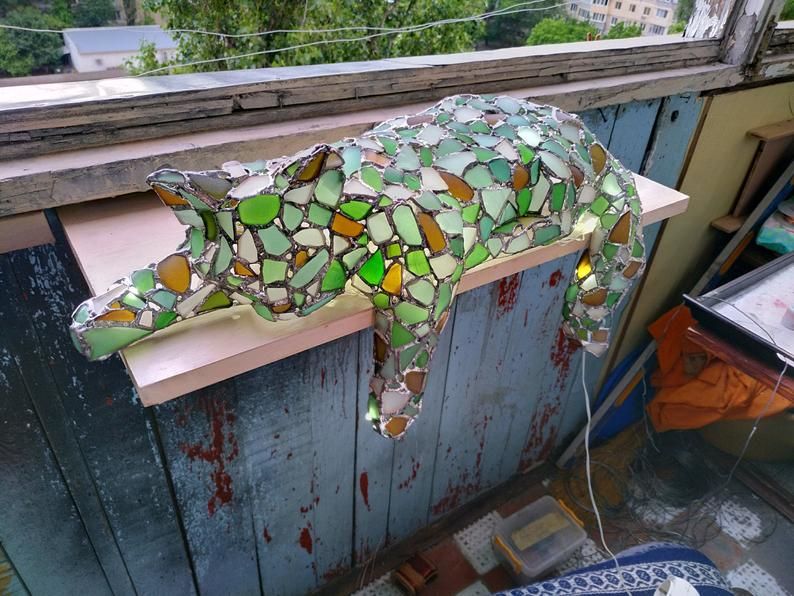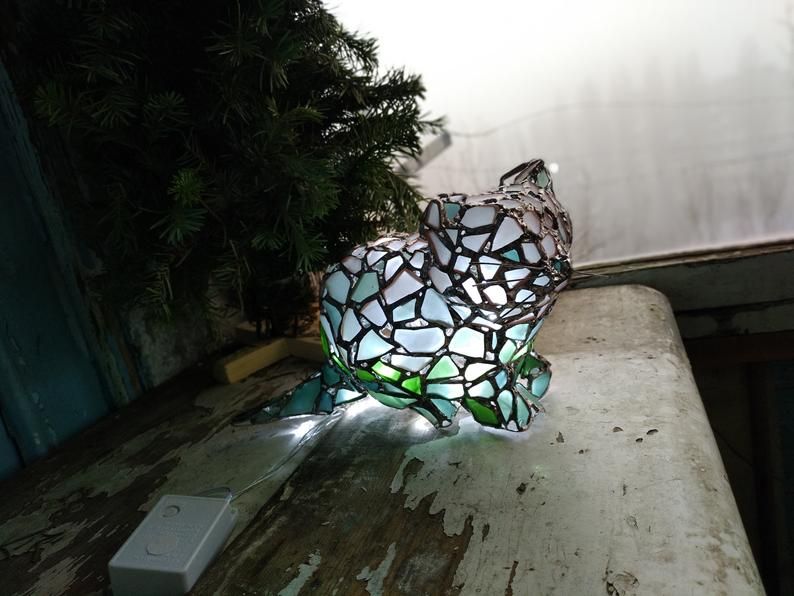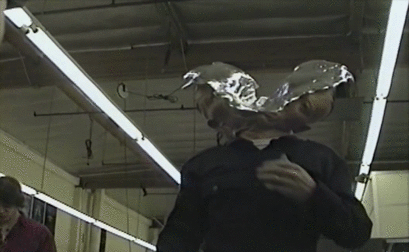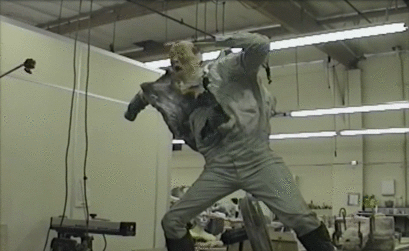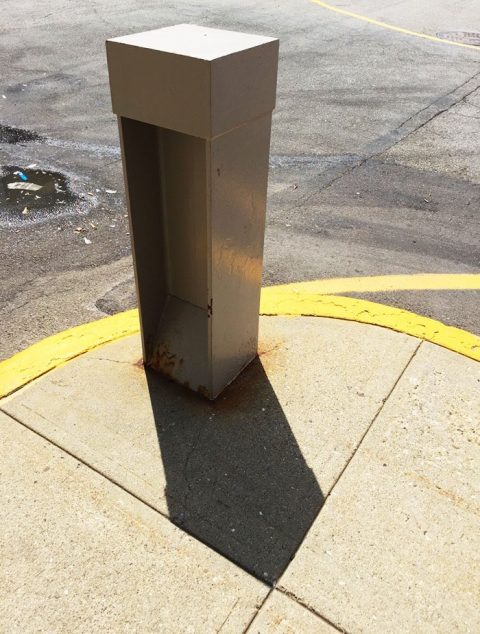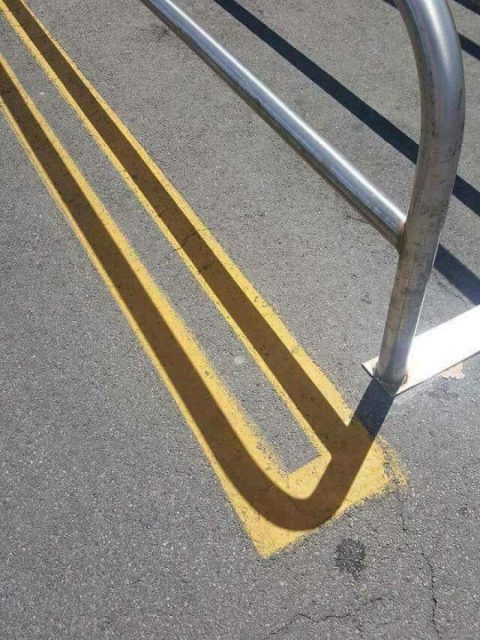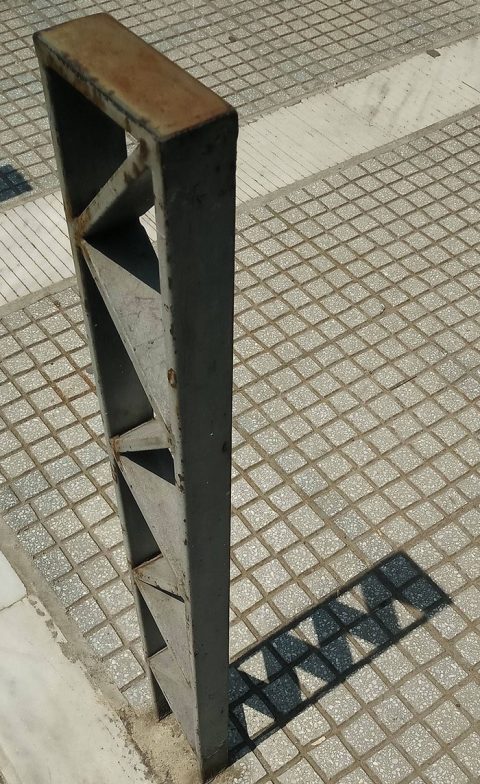A participação do Brasil no projeto da Estação Espacial Internacional foi uma saga de incompetência, mentiras, promessas não-cumpridas e o mais puro jeitinho brasileiro de empurrar com a barriga. Neste longo e tardio artigo vamos acompanhar passo a passo essa jornada épica a lugar nenhum. Pegue um conhaque, tome com um Prozac, e acompanhe.

Not yours, Brazil. (Crédito: NASA)
Em 2010 um documento1 do Conselho de Altos Estudos e Avaliação Tecnológica a Câmara dos Deputados dava como encerrada a participação brasileira no projeto da ISS – Estação Espacial Internacional. A rigor o Brasil já estava de fora oficialmente bem antes, em 2008, quando a NASA celebrou os dez anos a Estação Espacial Internacional2, sem nenhuma menção ao Brasil.
1 – A Estação Espacial Internacional
Parece incrível, mas a ISS nem sempre esteve lá onde está. Ela já foi muito menos espacial e principalmente muito menos internacional. Sonhada desde os anos 1960, a estação espacial substituiria o modesto e atormentado Skylab, e ofuscaria a Mir russa.
Em 1984 A então batizada Estação Espacial Freedom foi anunciada por Ronald Reagan, que logo percebeu que espaço é caro, muito caro. Ele tentou uma parceria com a Inglaterra de Margareth Thatcher, mas ela era a Dama de Ferro, não de Ouro, e não tinha grana pra bancar o projeto.
Rapidamente a solução foi reduzir as expectativas, mudar o nome pra Estação Espacial Alfa, e oferecer parceria para Europa e Japão. Em 1993 os sonhos de uma Guerra Fria no espaço caíram por terra, a única chance da ISS sair do chão era com ajuda dos comunistas, por mais que isso colocasse em risco nossos preciosos fluídos vitais.

Ronald Reagan apresenta a Margaret Thatcher um modelo preliminar da Estação Espacial Freedom. (Crédito: Reagan White House Photographs / White House Photographic Collection)
Assim em Setembro de 1993 Al Gore, Vice-Presidente dos EUA e a Viktor Chernomyrdin, Primeiro-Ministro russo anunciam a intenção de desenvolver em conjunto uma Estação Espacial. Os países que foram convidados para a Alfa são confirmados, novos países são chamados a participar do projeto, entre eles a 8ª Economia do Mundo, o glorioso salve-salve Brasil.
2 - A Proposta Irrecusável
O convite veio em 1996, quando o Brasil, extremamente otimista assinava acordos de cooperação espacial com todo mundo, e a administração Clinton era favorável ao Governo FHC. Fomos o único shithole país em desenvolvimento convidado para o Projeto da Estação Espacial.
Em um documento de título longuíssimo3 assinado em 14 de Outubro de 1997 era detalhada a participação brasileira na ISS. Nele o Brasil se comprometia a entregar os componentes entre Novembro de 2000 e Janeiro de 2004. As peças (descrição detalhada no documento) eram:
- Instalação para Experimentos Tecnológicos (TEF)
- Janela de Observação para Pesquisa – Bloco 2 (WORF-2)
- Palete Expresso para Experimentos na Estação Espacial (EXPRESS)
- Container Despressurizado para Logística (ULC)
- Adaptador de Interface para Manuseio de Carga (CHIA)
- Sistema de Anexação ZI-ULC (ZI-ULC-AS)
Tecnicamente não eram essenciais. Ou melhor, eram componentes necessários, mas não estratégicos. Havia tempo caso algo desse errado.
Eles seriam produzidos no Brasil, seguindo especificações fornecidas pela NASA e fabricantes americanos, como a Boeing. O custo estimado pela NASA foi de US$120 milhões, ou US$196 milhões, em valores de 2021.
No Brasil o sinal de que as coisas não iriam dar certo já apareciam. Em uma notinha no Jornal do Brasil, em 13 de Outubro de 1997 era dito:
“Convênio garantirá ao Brasil participação em uma estação espacial construída pela NASA. O Brasil terá que entrar com US$12 milhões, mas a proposta do Congresso só prevê US$4 milhões”

Mau sinal (Crédito: Jornal do Brasil)
A gente já viu esse filme.
O governo exaltava o acordo dizendo que traria know-how para a indústria nacional, e em troca teríamos acesso a experimentos, hardware, espaço de carga na ISS e principalmente um astronauta brasileiro participaria de pelo menos uma missão na Estação Espacial. Com muita fanfarra foi anunciado em 1998 que o então Capitão Marcos Pontes havia sido selecionado, e iria treinar em Houston para sua eventual missão.
Em terra, as coisas não iam tão bem. A Embraer havia sido selecionada para construir os componentes, e terceirizaria o projeto envolvendo mais 15 empresas, incluindo a Boeing, mas não houve repasse de verbas. Em verdade o orçamento do MCT sequer contemplava o projeto da ISS, e a Boeing levou um calote de US$15 milhões em 1998. A Embraer entubou ainda mais, deixou de receber US$20 milhões.

Vai dar tudo certo. (Crédito: Jornal do Brasil)
3 - Problemas no Paraíso
A NASA discretamente começava a correr atrás de fornecedores alternativos, enquanto no Brasil a gente empurrava com a barriga. A Embraer acabou admitindo que não teria como produzir os seis componentes, que seriam capazes de construir apenas o Palete Expresso (Express Pallet, no original) para Experimentos na Estação Espacial, que é basicamente uma estante de metal. Só que ele custaria US$300 milhões4, dos US$120 milhões alocados para o projeto inteiro.
Nossa participação equivalia a 0.12% do custo5 total da Estação Espacial, mas era suficiente para causar atrasos ao cronograma do projeto. A NASA cobrou do Brasil a entrega do componente mais crítico, o Palete Expresso. Ele estava planejado para subir em 2006, deveria ser entregue em 2001 e já era 2002.
A Embraer agora dizia que podia reduzir os US$300 milhões do Express Pallet para US$140 milhões6, o que ainda era US$20 milhões além do orçamento original pra todos os componentes.

Partes da Estação Espacial que cabiam a cada país. Brasil é em laranja. Clique para ampliar (Crédito: NASA)
A NASA foi enrolada de Junho a Outubro, quando o Brasil admitiu que não tinha como entregar o tal Palete. E não iríamos mais construir os projetos mais complexos, como a Janela de Observação WORF-2. (sim, pessoal da NASA assiste Star Trek)
Internamente a NASA queria detonar a participação brasileira, mas diplomacia morre de medo de criar climão e causar cenas, então foram feitas novas propostas. O Brasil construiria o Container Despressurizado para Logística, que é pouco mais que uma caixa de metal e materiais compostos, e 43 FSEs, Flight Support Equipments7, adaptadores genéricos para interfacear sistemas na estação.
O Brasil disse que não terá como fazer o tal Container, mas se comprometeu a produzir os FSEs, a um custo de US$8 milhões. Eles precisavam estar prontas em 2006.
Nesse momento o Brasil caiu num buraco negro estatal.
Entre 2002 e 2004, silêncio total de rádio. Diz o DefesaNet:
“Segundo dirigentes da NASA declararam à imprensa internacional em abril de 2006, desde 2004 os contatos com a agência brasileira saíram por completo de cena. O Brasil simplesmente se escondia de suas atribuições e cobranças.”
Para piorar, o Brasil, como bom caloteiro orgulhoso, estava indignado com a retirada de Marcos Pontes dos cronogramas dos próximos vôos. Ele deveria embarcar em um ônibus espacial em 2007, mas o acidente com o Columbia fez a NASA encolher o número de futuros vôos planejados, e de qualquer jeito o Brasil ainda não havia entregue NADA do prometido.

Ainda era possível ver a bandeira brasileira espalhada pela NASA (Crédito: NASA)
4 - Pobres mas Orgulhosos. E Exigentes.
Roberto Amaral, Ministro de Ciência e Tecnologia chegou a cobrar via imprensa um vôo para Marcos Pontes, era questão de orgulho nacional. Ao mesmo tempo na NASA o clima era o pior possível. O próprio Pontes relata8 que não tinha mais o que dizer em reuniões, já estava sem desculpas. Nos corredores da NASA ele desviava para não ter que encarar as pessoas.
Os tais FSEs? Ninguém sabe. Mesmo. Foram literais ANOS sem avanço.
Agindo por conta própria Marcos Pontes foi atrás de parceiros comerciais, e chegou ao SENAI, do qual havia sido aluno. Ele conseguiu convencer o SENAI9 a produzir os FSEs, segundo as especificações da NASA, a CUSTO ZERO PARA O GOVERNO BRASILEIRO.
O racional era que teriam equipamentos no espaço com o selo MADE IN SENAI, e em termos de propaganda isso seria insuperável. Tipo mandar um Tesla pro espaço.
5 - Problema resolvido, certo?
Se você disse certo, first week in Brazil, am I right?
Em Abril de 2005 foi noticiado que o SENAI construiria 38 FSEs (mais tarde reduzidos a 33) e o primeiro protótipo seria entregue em um ano, mas Pontes garantiu que o fariam em 120 dias. De novo, de graça. A Agência Espacial Brasileira havia orçado os tais FSEs a R$86 milhões.
Em Junho de 2006 o SENAI ainda estava fabricando o primeiro dos FSEs10. A AEB chegou a propor trocar os FSEs por uma câmera de satélite que eles juram o INPE seria capaz de construir.

Um dos FSEs. (Crédito: INPE/NASA)
O atraso não foi culpa do SENAI. Eles simplesmente não conseguiram furar a inércia e burocracia estatal, os agentes do governo que viam a Estação Espacial com extrema má-vontade tinham interesse zero em avançar o projeto, então engavetavam os pedidos de especificações e dúvidas técnicas, o que levaria alguns minutos entre empresas parceiras levava semanas com a AEB intermediando.
De novo estava claro para a NASA que o Brasil não conseguiria entregar os 18 (sim, reduziram de novo) FSEs, orçados em US$8 milhões. Eis que veio a facada nas costas:
6 - O Vôo de Marcos Pontes para a Estação Espacial
Desde 2004 que o Brasil tinha dúvidas se Pontes iria ao espaço pela NASA. O Governo era cobrado pelos US$500 mil investidos em seu treinamento, e o próprio Pontes estava BEM descontente com a forma com que foi tratado, sendo taxado de herói nacional em público, mas como indesejável internamente. Muita gente nunca engoliu ele ter conseguido o acordo com o SENAI, e sua posição apoiando a NASA também não era nada popular entre os caloteiros, digo, políticos brasileiros.
Mesmo assim era preciso um cala boca geral, e em 30 de Março de 2006, a bordo de uma Soyuz, subiu para a ISS o Cosmonauta Marcos Pontes, mas ele não fazia parte oficial da Expedição 1311, que para a NASA constava do Comandante, Pavel Vinogradov, e do Engenheiro de vôo Jeffrey Williams.

Imagem oficial da NASA da Expedição 13 (Crédito: NASA)
Pontes não consta das fotos oficiais, ele foi levado como “carga”, ou de forma mais delicada, como um turista espacial. A imprensa logo levantou essa lebre, mas a abordagem do New York Times12, chamando Pontes de “caroneiro” está errada.
Ele foi um passageiro pagante, e muito bem pagante. Os russos estavam passando por um perrengue financeiro, e ofereciam vôos para a Estação Espacial Internacional para turistas. A NASA não gostava muito mas era o jeito. Desde Denis Tito em 2001, vários visitantes pagaram para conhecer a Estação. O mais recente, Gregory Olsen, pagou por volta de US$20 milhões13, então imagina-se que Pontes não saiu muito mais barato.
Na cabeça dos americanos a conta era simples: “A gente negocia um monte de peças por US$120 milhões, vocês enrolam, não entregam, renegociamos até um pacote de US$8 milhões, vocês dizem que não tem dinheiro, mas pagam US$20 milhões pra mandar um sujeito ficar 9 dias no espaço?”
Nota: Oficialmente o Governo Brasileiro diz que o custo do vôo de Pontes foi de US$11,2 milhões. (Fonte: Este documento aqui, página 171. JURO.)
Em Terra, sonho realizado, Pontes vai para a Reserva da Aeronáutica e começa a criticar o Governo, que o corta totalmente.
“Sou a única pessoa que pode falar oficialmente com a Nasa”, disse em 2006 Raimundo Mussi, gerente do Programa ISS-Brasil da AEB.
Segundo ele as renegociações estavam quase no final, e o Brasil tinha reservado naquele ano R$5 milhões do orçamento da AEB para a Estação Espacial. O que dava na época US$2,2 milhões. Uns 15% do que custou o vôo de Pontes e ¼ do custo projetado das FSEs.
No mesmo ano, antes do SENAI conseguir entregar seu protótipo, o Brasil recebeu uma carta da NASA dizendo “Obrigado, não precisa mais”. Outros fornecedores foram alocados para produzir em regime de emergência as FSEs, e o resto dos equipamentos já haviam sido construídos ou estavam em fase de entrega.
7 - O Sonho da Estação Espacial Acabou
Em Maio de 2007 um artigo do Estadão, citando John Logsdon, Conselheiro da NASA, foi taxativo: “Brasil está fora do projeto da estação espacial”.
Logsdon aponta corretamente que a paciência da NASA acabou. Dez anos de promessas vazias, uma bolada nas costas pagando ao “inimigo” pra levar um astronauta de pirraça para a Estação que o país não contribuiu com um parafuso. Em nome da diplomacia não haveria uma expulsão formal, o Brasil seria ignorado, ostracizado.
Sem nunca deixar explícito, a NASA removeu o Brasil do programa da Estação Espacial Internacional. As bandeiras foram retiradas dos cartazes e da decoração, tanto em terra quanto no espaço, e em Novembro de 2008 um press release15 comemorando os Dez Anos da Estação Espacial não menciona o Brasil entre os membros do projeto.
Da nossa parte, um monte de gente começou a irracionalmente tentar justificar de forma racional o injustificável. Houve quem dissesse que o Programa da Estação Espacial era uma forma dos Estados Unidos alinharem o Programa Espacial Brasileiro com o deles, em detrimento de nossa soberania. No já citado documento sobre a Política Espacial Brasileira1 (página 154), de 2010, é dada a inacreditável desculpa: O programa não era bom pois as empresas brasileiras construiriam projetos já prontos, ao invés de “desenvolver” a tecnologia.
“A negociação do Inpe com a Nasa e a Boeing (sua empresa contratada) mostrou-se morosa e foi definido um modelo onde o Inpe atuaria efetivamente como contratante principal tendo as empresas nacionais como subcontratadas, somente para a etapa de fabricação, pois o projeto seria elaborado por empresas estrangeiras, ocorrendo no exterior o desenvolvimento inicial de vários itens, ou seja, o Brasil financiando o desenvolvimento em outro país. Etapas estratégicas para o desenvolvimento tecnológico do país, como o desenvolvimento de itens eletrônicos (a chamada aviônica), dificilmente seriam passadas para as empresas brasileiras. Finalmente a não colocação de recursos adequados por parte do Brasil determinou o término do referido programa.”
Ou seja: A culpa não é nossa. A culpa é das estrelas. E só levamos dez anos para perceber isso.
A Saga do Brasil na Estação Espacial Internacional não é a primeira nem a última cooperação científica internacional onde o Brasil só entra para passar vergonha. Só é, de longe a mais longa, constrangedora e o suprassumo de todas as vis características dessa terra e dessa gente, que garantem de forma absoluta: O Brasil não tem a menor, a mais remota chance de dar certo.
Fontes:
- A Política Espacial Brasileira
- Nations Around the World Mark 10th Anniversary of International Space Station
-
Ajuste Complementar entre o Governo da República Federativa do Brasil e o Governo dos Estados Unidos da América para o Projeto, Desenvolvimento, Operação e Uso de Equipamento de Vôo e Cargas Úteis para o Programa da Estação Espacial Internacional (ufa!)
- Brasil pode perder sua participação na ISS
- EEI - A história de uma crise anunciada: AEB versus NASA
- Brasil pode perder sua participação na ISS
- Brazilian Industry Conference on the Contract Flight Support Equipment #1
- NASA PODERÁ MUDAR A PARTICIPAÇÃO BRASILEIRA NA ISS
- Peças brasileiras para a Nasa
- Brasil quer trocar peças da ISS por câmera
- Expedition 13
- Brazil's Man in Space: A Mere 'Hitchhiker,' or a Hero?
- Gregory Olsen - American scientist and entrepreneur
- País renegocia acordo com a Nasa e descarta Pontes
- Nations Around the World Mark 10th Anniversary of International Space Station
PS: ESQUECE ALCÂNTARA!
A Saga do Brasil na Estação Espacial Internacional









